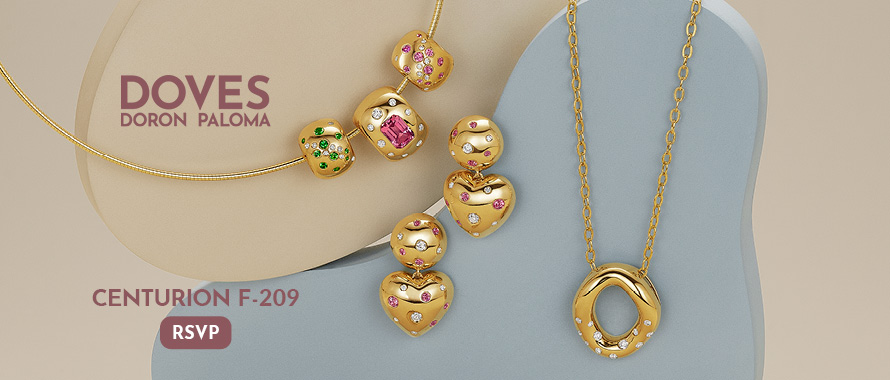Sales Strategy
Relax! Millennials Are Not So Different After All June 22, 2016 (0 comments)

Irving, TX—The jewelry industry is holding its collective breath for fear that Millennials—with their seeming indifference to our product—will spell the end of the industry as we know it. These capricious customers don’t do anything the way their forebears did, and they seem to change by the day. How do you sell "forever" to a generation that chooses a partner by swiping right and believes that life, liberty and the pursuit of upgrades are inalienable rights?
Relax. A new study from Epsilon Marketing proves that Millennials aren’t as different from previous generations as they'd like to think they are. They want the same thing every generation wants: a comfortable, satisfying life. They also move through the same life stages every previous generation also moved through—just not necessarily at the same age, in the same order, or at the same pace.
To build lifelong customers of Millennials, focus on their life stage, not their age, says Epsilon’s report. Age does play some role in their life stages, but with Millennials those stages are fluid, not chronological, and not every stage happens for every consumer. Many—if not most—of the major life stages also will happen later for Millennials than for Boomers or Gen-X.
Here are the six stages Epsilon has identified:
#imanadult. As it suggests, this stage is when they’re just starting out and initially taking responsibility as an adult—although it can happen at any age. More highly educated than any previous generation, these consumers are socially aware and care about causes. Apparel gets the biggest share of wallet.
#liveswithmom. The stereotypical Millennial depicted living in their parents’ basement. But the rising cost of education coupled with a tight job market means a longer period to self-sufficiency, especially if they want to live at the same comfort level they’re accustomed to. But not having to pay for housing also means this group has a lot more disposable income—41% of is spent on apparel and accessories, while contrary to conventional wisdom, only 9% is spend on experiences: 1% spent on travel and 8% on sports and recreation.
#gettinhitched. While fewer Millennials than Gen-X or Boomers are married, they aren’t anti-marriage. They’re just marrying later. Some may partner up without marriage, but the spending of cohabiting couples mirrors married couples—and that mirrors Gen-X patterns pretty closely.
#momlife. Although previous generations typically had their children after marriage and Millennials may reverse that order, one thing remains the same: things change when the kids come. Spending priorities shift for Millennial parents as much as they did for their Gen-X older siblings and Boomer parents.
#puttingdownroots. Contrary to the assumption that Millennials don’t buy houses or want roots, the reality is they do. Like everything else, though, it’s at a later age than it happened for Boomers and Gen-Xers. As they put down roots and buy homes, they’re also upgrading other assets, and they’re becoming important luxury consumers.
#butfirstletmetakeaselfie. Of course, this generation will do things its own way. Millennials won’t give in to social pressure to settle down and raise a family if that’s not what they want, and this generation says it’s ok to do your own thing. While single Millennials may have less disposable income since they’re footing all their own bills without help from a partner, they’re more likely to spend that disposable income on things like apparel and accessories than on home furnishings.






